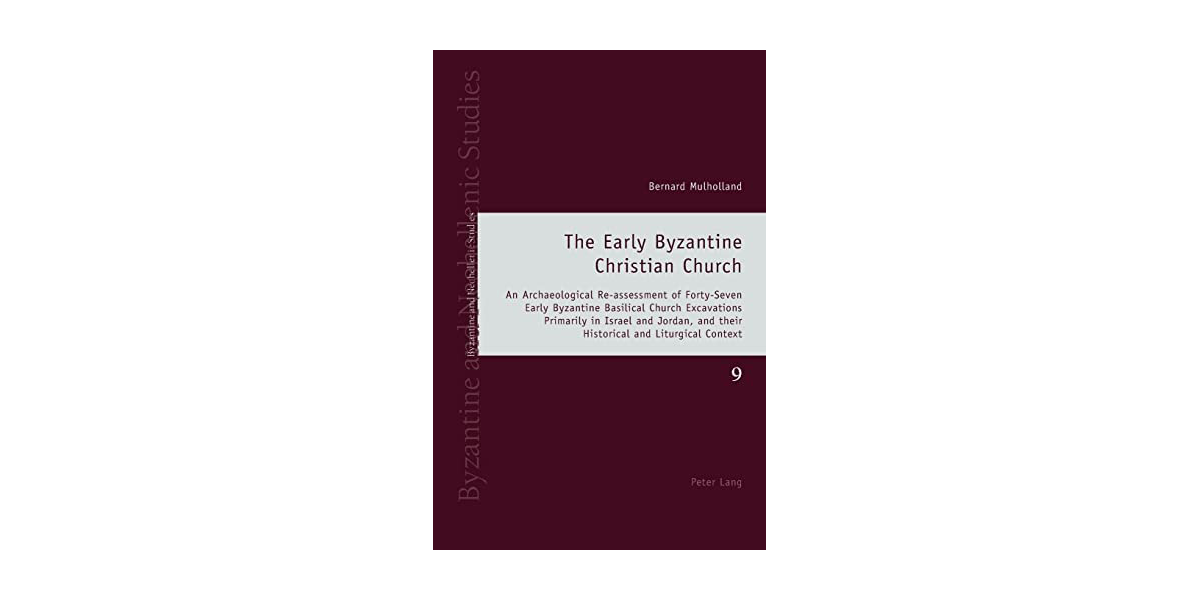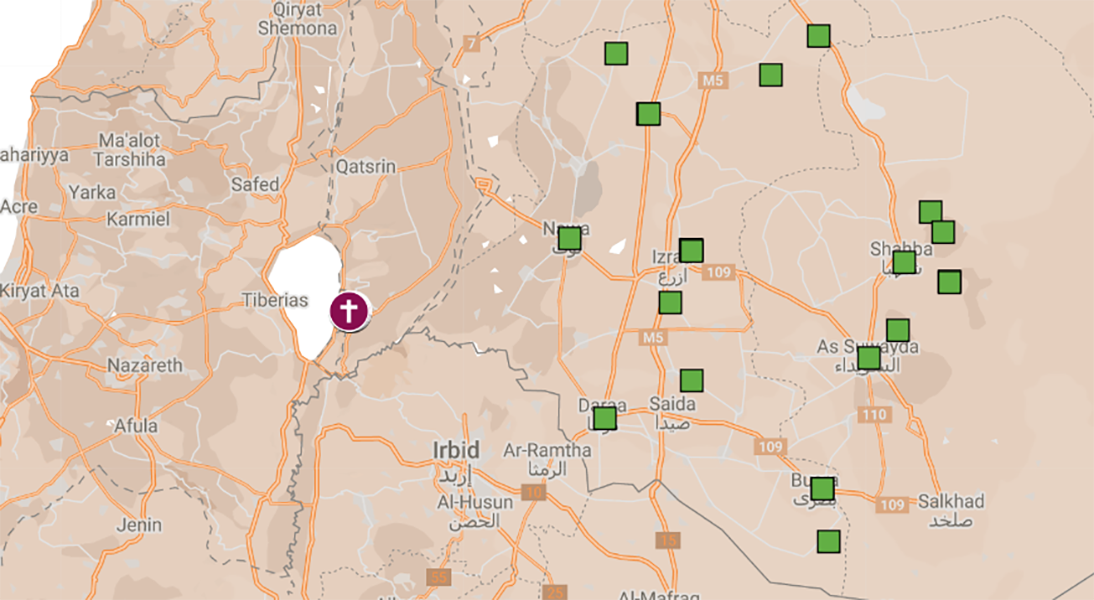Project at the Albright
Here is more detail on my research at the Albright Institute in Jerusalem…
Work plan of the Project
The project plan expands on the article I wrote for Michmanim (27:18-28), titled “The Northeast Insula and Late Antique Christianity at Hippos Palaistinēs.” A weakness of the original work was its reliance on an analytical framework from Bernard Mulholland, The Early Byzantine Church (Oxford, 2014). Mulholland’s analysis was rightly criticized for being based on a rather small dataset of churches (Fiema, Z. Review of Mulholland, The Early Byzantine Church, Bulletin of the American Schools of Oriental Research 376 [2016]: 246–249). I will use time at the Albright to test his model on a larger set of Late Antique churches. I will apply the results of this study to construct a more nuanced discussion of changes in church architecture at Hippos and the implications of those changes for reconstructing a history of Christianity at the site.
Christianity in the Greek east was a diverse project in the fourth to the sixth centuries as indicated by Trinitarian and Christological controversies. It was also a time of much church building especially with imperial support (e.g., Constantine, Justinian). Five of seven identified church structures have been partially or completely excavated at Hippos. They display a diversity of architectural forms most of which underwent modification in the sixth century. As preparations are under way to write a major work on the archaeological, liturgical, and regional information from the Late Antique period at Hippos, I wish to test more thoroughly my proposal (based on Mulholland’s framework) that the “churches show modifications in the 6th century toward more Roman forms and practices” and that these changes suggest that “Hippos Palaistinēs shifted more fully into the sphere of Chalcedonian Christianity in the 6th century” (p. 27). If I can more thoroughly demonstrate correlation among architectural forms, architectural modifications, and theological expressions, I will be able to reconstruct the history of Christianity at Hippos (and at similar sites in the region with multiple churches) in a more nuanced way.
On the other hand, should an examination of Mulholland’s construct break down when a larger dataset of churches is considered (Fiema’s critique), then I will be in a better position to identify what church architecture can and cannot say about a reconstruction of Christian history at a site and, in the words of Fiema, “whether to search for similarities or to emphasize differences, variations, and exceptions” (p. 249).]
This project engages in post-fieldwork analysis. As it attempts to extend and test the applicability and utility of the work of Mulholland for analysis of the excavated remains in Hippos Palaistinēs and its territory, it will follow the methodology detailed in chapter two of his work (pp. 13-35). Mulholland identifies his approach as an “archaeology of liturgy” which reasons that “repeated institutional behaviours involving ritualized activities . . . might also lead to artifacts being deposited in a manner that will show up in the archaeological record in repeated dispositional patterns” (p. 18). Thus, after grouping early basilical churches into one of the three most common church plans, the study focusses on “artifacts deposited in sealed destruction layers when the basilica still functioned as a church or as it was abandoned” (p. 19). The approach pays particular attention to “repeated patterns of artifactual deposition across … sites with similar plans” p. 21). The assumption is that common patterns indicate common liturgical or paraliturgical praxis.
This project will extend the methodology by also looking for patterns that emerge in the modification of a church structure. Important are the dating of such changes and how the changes modify the original form of the church from one of the basic plans toward another.
The core of this proposed project is library work. As a fellow with the Albright Institute, I have access not only to the holdings of its library, but also those of the École biblique et archéologique francaise de Jérusalem, the Israel Antiquities Authority Library and Archives at the Rockefeller Museum, the Jerusalem Institute of Languages and Humanities, the National Library of Israel, and the Hebrew University Libraries and Archives.
Prior to arrival in Israel, I will prepare a list of excavated church sites. The goal is to identify fifty church sites of which twenty-five are from Palaestina Secunda. These are in addition to the forty-seven sites used by Mulholland. A bibliography will be prepared listing publication information for each site. Use of online catalogues will identify locations for the excavation reports in the libraries listed above. Also, a Google map will be prepared to visualize site distribution.
While in Israel, I will access available reports, collecting site plans, phasing, and data to expand the charts in chapters 2 and 3 of Mulholland’s work. Analytical observations will be made in anticipation of a final analysis. Some visitation of sites may also occur to clarify ambiguous statement in reports.
After the time in Israel, I will apply the results of this study to construct a more nuanced discussion of changes in church architecture at Hippos and the implications of those changes for reconstructing a history of Christianity at the site (see abstract).
In his postscript, Mulholland writes, “There is a need to extend this line of enquiry to as many Early Byzantine churches as possible to determine the range of the three church plans identified and how they evolved through time” (p. 185). This project will be a contribution to that endeavor.
Bibliography
Fiema, Zbigniew. “The Early Byzantine Christian Church: An Archaeological Re-Assessment of Forty-Seven Early Byzantine Basilical Church Excavations Primarily in Israel and Jordan, and Their Historical and Liturgical Context.” Bulletin of the American Schools of Oriental Research 376 (November 2016): 246–249.
Mulholland, Bernard. The Early Byzantine Christian Church: An Archaeological Re-Assessment of Forty-Seven Early Byzantine Basilical Church Excavations Primarily in Israel and Jordan, and Their Historical and Liturgical Context. Byzantine and neohellenic studies Vol. 9. Oxford ; New York: Peter Lang, 2014.
Schuler, Mark. “The Northeast Insula and Late Antique Christianity at Hippos Palaistines.” Michmanim 27 (2017): 18–28.
Schuler, Mark. Northeast Insulae Project: Context and Analysis (2021). The Final Report. Volume 1. https://digitalcommons.csp.edu/nip-final/1. DOI: 10.54416/GQSX9775.



